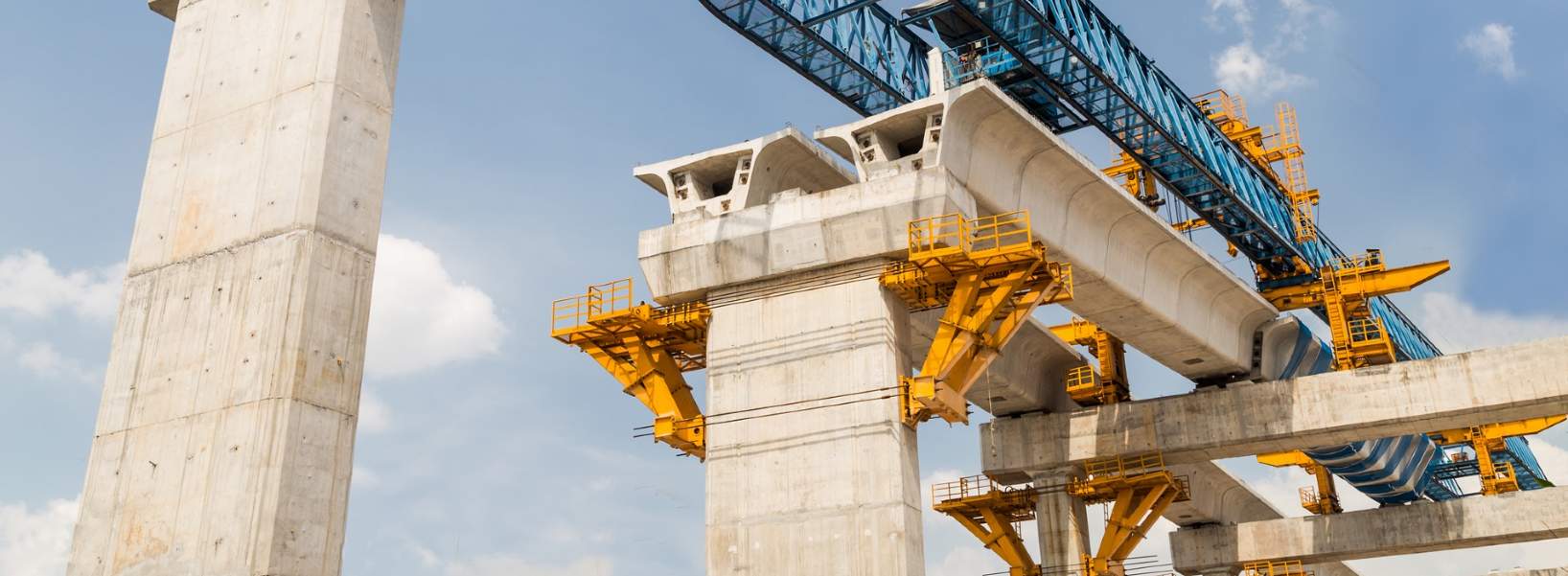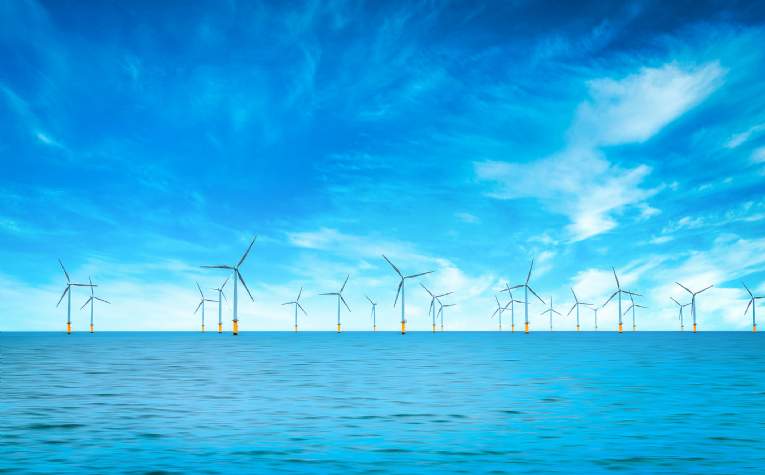Infrastructure investment is reaching an inflection point in 2024 as governments and businesses recognise the growing need for a new generation of future-proof facilities.
These projects include green energy generation, water conservation, public transport links, and digital connectivity solutions.
Public money funds a lot of this investment, although the amounts vary greatly from country to country (see graph below). Developing countries understandably currently invest a higher proportion of GDP than their more developed equivalents, as they seek to lay the infrastructural foundations that will allow them to grow: six of the top 10 countries for percentage of GDP spent on infrastructure are in Africa, three are in Asia and one in the Middle East. But even many ‘developed’ nations are planning to plough vast amounts of money into projects to keep pace with technological, social, and environmental challenges.
In terms of private investment in infrastructure, the volumes raised have increased significantly recently as the scale of the opportunity – both in countries looking to develop projects from scratch and those looking to replace or upgrade ageing facilities – has grown and it’s become apparent that public money alone won’t fund everything required. $120.6 billion of capital was fundraised for infrastructure investment in 2023 – 43% more than at the same point a decade ago. Although, like other types of investment, this volume was down on 2022 levels, the long-term trend upwards in the amount of money being committed to the sector is clear.
For private investors, the ‘where’ of investing largely depends on risk appetite. Projects in developing countries often offer higher returns to compensate for the usually higher risks involved, whereas those in more established markets may be more secure but offer lower returns, and potentially be more competitively fought over by investors.
Wherever the location, infrastructure investment tends not to be a short-term, nor even a medium-term, play. Returns may not be expected for decades and necessitate active involvement in helping to shepherd projects through the process and to help surmount potential challenges that can arise with political upheaval, during economic cycles, and by climate change. On the upside, big risk could bring big rewards. Alongside the financial returns there is the opportunity to be involved in game-changing projects that deliver significant long-terms gains on a regional or even national level and, in the many cases where infrastructure is involved in the transition to sustainable energy, contribute to an environmental good, or, in the mass delivery of affordable homes, a social good.
For those real estate investors unable or unwilling to get involved in infrastructure projects directly, there are often many other secondary opportunities to invest once they get the green light, from warehouse space delivered near to a new port, to the offices, healthcare, retail and leisure amenities required to support new communities and conurbations.
The need for new or upgraded infrastructure globally is vast, and so are the opportunities for real estate investors, whatever their risk appetite.
Further information
Contact Paul Tostevin or Connor Chilton
How infrastructure investment brings real-estate opportunities

.jpg)

.jpg)



.jpg)